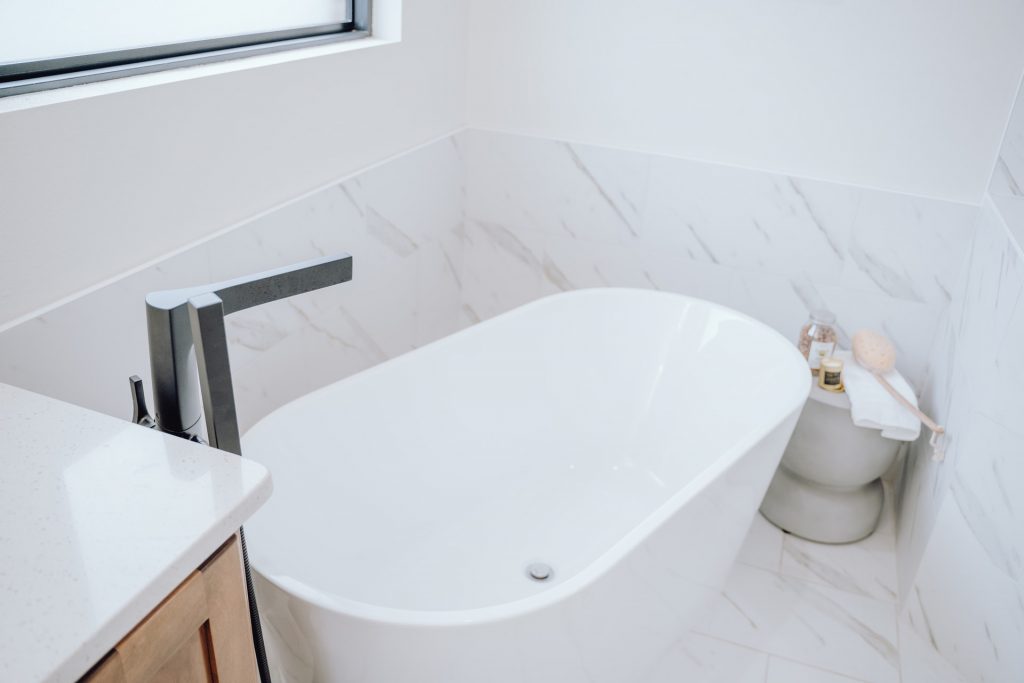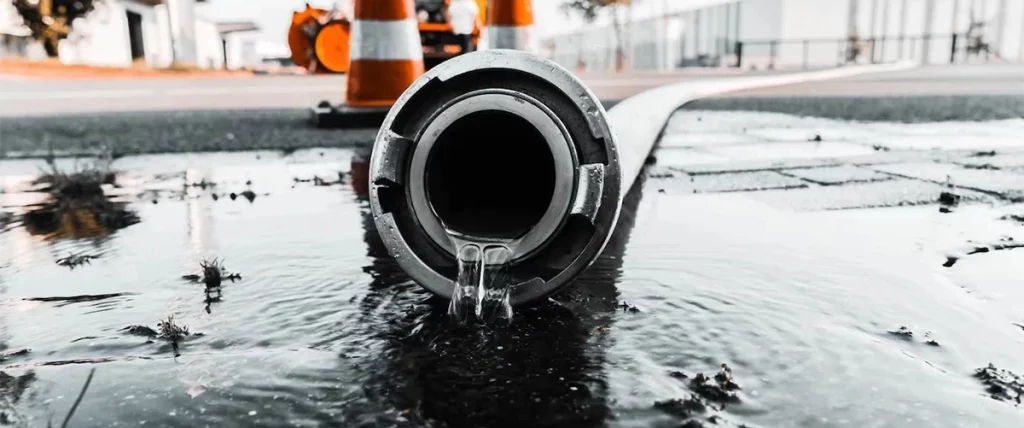Sewer plumbing is one of the most important communication systems in the home. This part of the plumbing system determines how easy and comfortable it will be for your household to go to the bathroom, take a shower, wash the dishes and perform other daily household processes. If your plumbing is not working correctly, you could face severe problems and inconveniences.
For this system to work correctly, you need to have it serviced regularly. Sewer line leak testing, water heater and sprinkler system testing for the specified capacity, and other tests ensure that the sewer system is working correctly and people will be comfortable living in the house. But getting to the point, only some people know exactly where the sewer lines are in their homes. Not to mention checking the sewer pipe leakage test. If you want to ensure that your sewer line is working correctly and is not affected by any leaks, it is worth digging deeper into the issue and having it checked by a qualified person.
Contents
Symptoms of sewer pipe problems: the four most common
A variety of symptoms can indicate problems with the sewer system. Most often, households may notice the following.
Constant water flow
If you hear a faint sound of running water over your head or in the walls after washing something in the sink or using the toilet, this is a sure sign of a leak in the sewer pipes.
Specific Unpleasant Smell
A leak can be indicated by an unpleasant sewer odour that starts seeping through walls or comes from a particular point in the yard.
Strong grass growth
You’ve seen how the grass in the park can be much greener in places with lots of ducks and geese. A similar thing can happen in your front yard if sewage leaks from your sewer pipes. The grass will be greener, lush and taller in the area of the leak. If you notice a lawn like this, you should consider checking your sewer system for leaks.
Rodents show up
Sewage is very attractive to rats. If you notice a rodent infestation in your home, it’s worth testing your sewer system for leaks. No one wants rats in their home, but the presence of these rodents can indicate more serious structural problems with your utilities.
How do I check to see if my sewer pipes are tight?
Every homeowner should know how to perform a sewer leak test. This process can be done in the following ways.
| Method | Description | Professional Assistance |
| Visual Inspection | Check for visible signs of leakage, mold, or water damage around pipes and fixtures. | Optional |
| Dye Test | Add dye to the toilet tank and wait; color in the bowl indicates a leak from the tank. | No |
| Water Meter Test | Turn off all water usage, check the water meter’s reading, wait, and check again to see if it changes. | No |
| Pressure Test | Seal off the system and pressurize it with air or water; monitor for pressure drops to indicate leaks. | Yes |
| Smoke Test | Inject non-toxic smoke into the sewer system; smoke appearing on the property surface indicates leaks. | Yes |
| Camera Inspection | Use a waterproof video camera to inspect the inside of sewer pipes for damage or blockages. | Yes |
Painting the sewer
Water testing for sewer pipes is entirely possible and will cost relatively cheap. To conduct a drain dye test, you must add a small amount of dye to the toilet bowl or siphon. Then you must flush the toilet a few times or turn on the water in the sink and wait until the dye appears. This process may take several hours. If you notice traces of paint in the area, it is a sure sign of a leaky sewer system.
The same principle is used for the drain smoke test. At home, conducting a DIY sewer smoke test is entirely possible. In this situation, artificially created smoke is launched into the drain or directly drain pipes under low pressure. Smoke test sewer smell will also identify leaks.
Sewer chamber test
Not only can air test sewer pipes, but experts for this task can also use a special sewer chamber to see in detail what is happening inside. Often, sewer lines run under the house itself. Testing begins with the fact that it is necessary to identify the place of the main sewer line and install a special sewer camera. From this area, the master can observe the monitor as the camera moves inside the pipe, looking for any defects.
In addition, more is needed to examine the sewer camera alone. It is only an inspection of the inner surface of the sewer pipe, and it is impossible to assess its condition from the outside. If the result is inconclusive, then smoke testing sewer pipes or other types of examinations must be performed.
Inspection with hydrostatic pressure
Sewer pipe pressure testing involves using special plugs with ball plugs that plug sewer pipes. Depending on the size of the pipe, you need to choose a suitable ball. Before testing with pressure, you must ensure that there is no liquid or debris inside the pipe. The balloon is then inserted and inflated to the point where it blocks the pipe. The tube is then filled with water, and the water level should be observed for 15-20 minutes. If the inlet level decreases, it indicates that there is a leak.
How to solve the problem of a leaking sewer pipe
If you or a handyman has performed a sewer pipe leakage test, sewer gas test, or any other type of test and come to disappointing conclusions, the following options can be used to fix the problem:
Pipelining
The structural lining of a sewer pipe is a minimally invasive, trenchless repair by installing a new line inside the damaged pipe. Before a fork liner is laid, it is impregnated with epoxy resin and placed inside the pipe. It is left there for several hours to allow the resin to cure.
Bursting a sewer pipe
This repair process involves a trenchless method. In practice, it replaces the damaged pipe by pulling in a brand-new one. To do the lining, the damaged sewer pipe must have some structural integrity and not be destroyed.
Spray cladding
This process involves spraying a flexible polymer resin spray on the inside of the pipe where the defect is located.
Conclusion
Many homeowners take the sewer system for granted. In reality, however, these communications consist of a complex maze of pipes, fittings and other elements that need regular and expert maintenance to check their performance. If something goes wrong, if there is a leak or other defect, it can significantly reduce the comfort of living. Armed with professional knowledge of sewer pipe testing, what to look for and what signs indicate leaks, you can easily recognize any problem and fix it on time.
FAQ about How do I test my sewer plumbing?
Testing your sewer plumbing is important to ensure that your system is functioning properly and to identify any potential issues before they become major problems. Regular testing can help prevent backups, leaks, and other costly and damaging issues.
Some common methods for testing sewer plumbing include smoke testing, dye testing, and video inspection. Smoke testing involves pumping smoke into the sewer system to detect any leaks or other issues. Dye testing involves adding a colored dye to the water to trace the flow and identify any blockages. Video inspection involves using a camera to inspect the inside of the pipes for damage or blockages.
While some basic tests can be performed by homeowners, such as adding dye to the water to check for leaks, it is generally recommended to hire a professional plumber for sewer plumbing testing. Professional plumbers have specialized equipment and training to identify and address any issues with your system.
The frequency of sewer plumbing testing depends on a variety of factors, including the age and condition of your system, the number of people using the system, and the type of property. In general, it is recommended to have your sewer plumbing tested at least once every two years.
If your sewer plumbing fails a test, it is important to address the issue as soon as possible to prevent further damage or health hazards. A professional plumber can identify the cause of the issue and recommend the appropriate repairs or replacements. It is important to act quickly to prevent the problem from getting worse.








